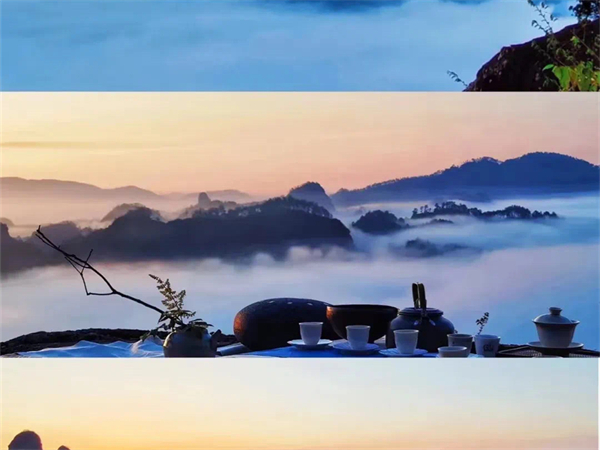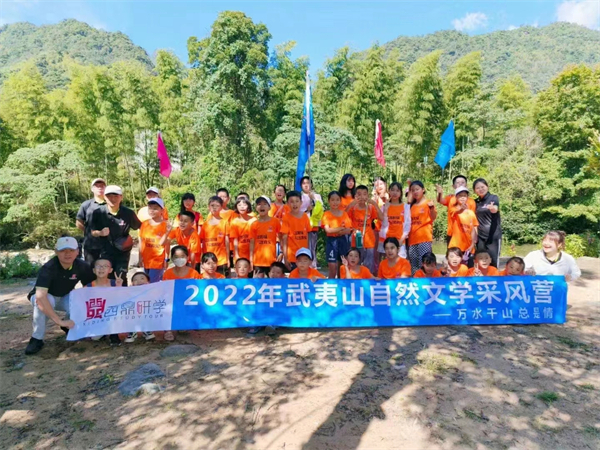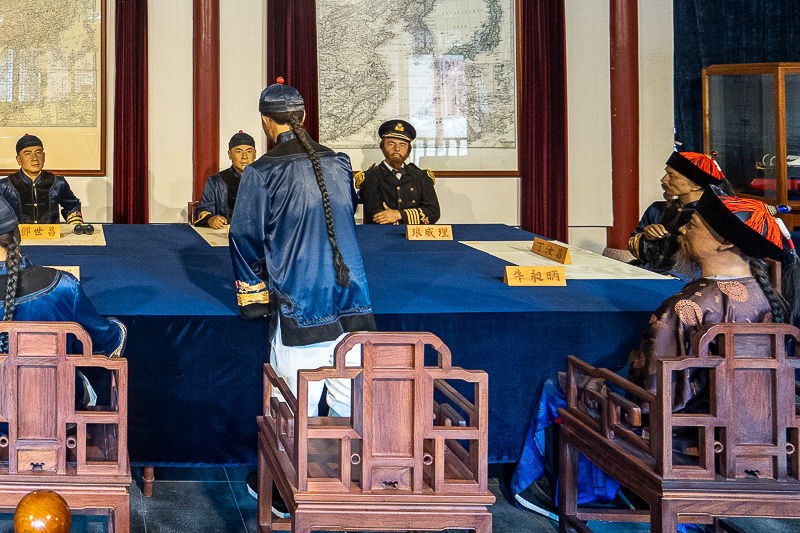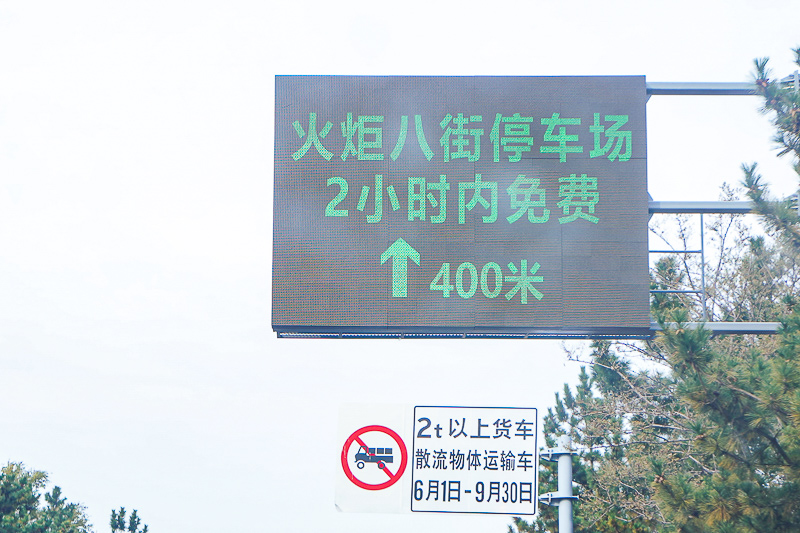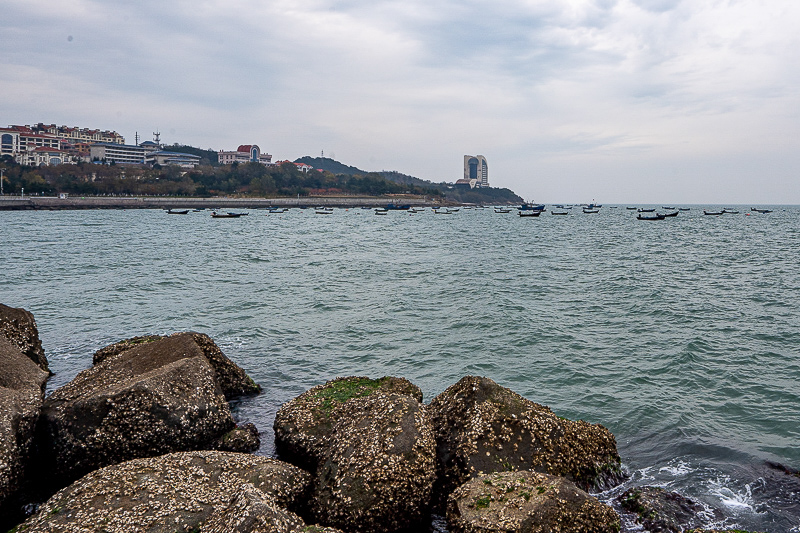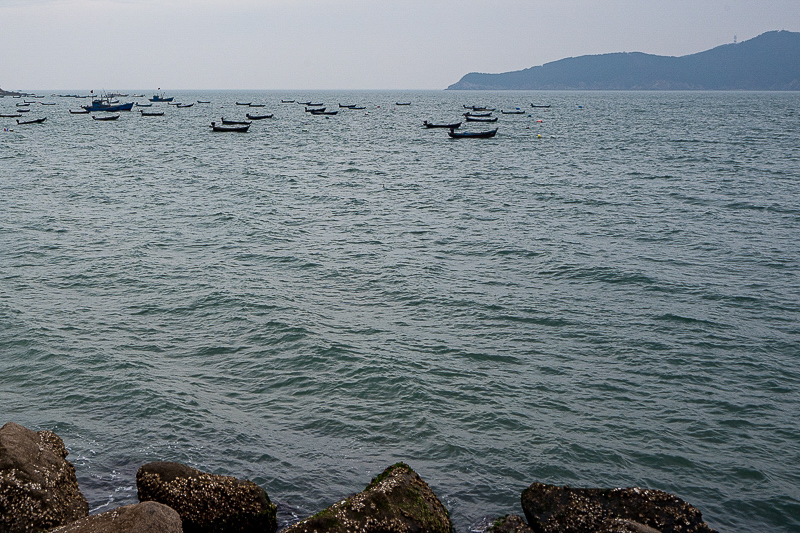本文目录
一、西安钟鼓楼城墙英文导游词
导游词,是导游人员引导游客观光游览时的讲解词,是导游员同游客交流思想,向游客传播文化知识的工具,也是应用写作研究的`文体之一。特点是口语化,还具有知识性、文学性、礼节性等特点。以下是小篇为大家整理的西安钟鼓楼城墙英文导游词。
The Bell Tower Drum Tower and the City Well in Xi’an
Good morning Ladies and Gentlemen:
Today we will have three places to visit—the Bell Tower the Drum Tower and the City Well. First we come to the Bell Tower.
The Bell Tower, a classical building with carved beams and painted rafters, has been served as the symbol of Xi’an. It stands in the center of the downtown area where the north street, the south street, the west street and the east street meet. And the tower house a huge bell which in ancient times was use to strike the time every morning. This is how the tower got its name. now it is an important historical monument in shaanxi Province.
The Bell tower was first built in Ying Xiang temple in 1384 during the Ming dynasty. It was moved to its present site in 1582 as a result of the city‘s expansion program.
Ladies and gentlemen, There is a story about the Bell Tower. It’s said that the first emperor of Ming dynasty, Zhu yuanzhang, he was born in a poor family. Both his parent died when he was young, and he had to live a hard life. Later, he went to a temple to become a monk. When he ascended the throne, he was afraid of being deposed by someone of“real dragon”. Therefore, he gave orders to build bell tower all over the county to repress the“dragon spirits”. Xi’an has been the imperial capital city since ancient times. So the“dragon spirits” must be very strong here. That’s why the bell tower in Xi’an was not only built earlier, but also bigger than the other ones in the country. The base of the tower is 1,337.4 square meters in size, 8.6 meters high and 35.5 meters wide. It was laid with blue bricks all over. The whole building is 36 meters above ground. It is a brick-and–wood structure. The eaves are supported by colored“dou gong” a traditional structural system in which brackets are used to join columns and crossbeams, the use of dou gong made the whole building firm and beautiful.
Well, next we will visit the Drum Tower nearly.
The Drum Tower stands 500 meters to the northwest of the Bell Tower. It was built in 1380. There used to be a huge drum in the tower, which told the time at dark, and that is how the tower got its present name. Besides marking the time, the drum was also used to give warnings to people in times of war. The base of The Drum Tower is 1,924 square meters in size, and 34 meters in height. It was built with blue bricks. The Drum Tower has a rectangular shape and shows tier and the outside eaves are decorated with networks of wood arches.
At last, we will visit the famous city wall of Xi’an. The most complete and the best preserved city wall in china.
The city wall of Xi’an is an extension of the prior Tang dynasty structure. It was stared in 1370 and finished in 1378 and has a rectangular–shaped construction. It is over 4 kilometers from the east to west and about 3 kilometers from the north to south. And the total length is 13.7 kilometers. It stands 12 meters high, 12-14 meters wide across the top and 15-18 meters thick at the button. On the top of the city wall, there is a rampart every 120 meters, which extends out from the main wall. The top of the rampart is at the same level as the top of the wall. The ramparts were built to allow soldiers to see those enemies who would try to climb up the wall. The distance between every two ramparts is just within the range of arrow shot from either side. This allowed soldiers to protect the entire wall without exposing themselves to the enemy. There are altogether 98 of them on the city wall and each has a sentry building on top of it.
There are four main gates of the city wall-one on each side-named the east gate, the west gate, south gate and north gate. The four gates of the city wall were the only way to go into and out of town. In Xi’an, each of the four gates consists of three gate towers. The main gate tower is called ZhengLou which is located on top of the main part of the city wall. It is the inner one and is also the main entrance to the city. Zha lou is the gate tower which a suspension bridge and located outside of the city wall. It’s used to lift and lower the suspension bridge. Jian lou is the arrow tower and located in between the Zhenglou and Zhaloutowers. There are square windows in the front and on the two sides to shoot arrows. Jianlou and Zhenglou are connected by walls and the encircled area is called Wongcheng in which soldiers could be stationed. From Wongcheng, there are also horse passages leading to the top of the wall. There are altogether eleven horse passages around the city.
A watch tower is located on each of the four corners of the wall. The one at the southwestern corner is round, probably after the model of the imperial city wall of the Tang dynasty. But the other three are square and are higher and larger than the sentry building on the ramparts. This shows the strategic importance of the corners of the city wall.
All right, we have finished visiting the famous city wall of Xi’an. Thank you.
二、英文介绍旅游景点视频教程 英语导游景点讲解视频
China's Great Wall is the greatest building project in human history of civilization.
中国的长城是人类文明史中最伟大的建筑工程。
It was built in Spring and Autumn period,Warring states times, two thousand years _go.
长城建造于两千年前的春秋战国时代。
After the Qin state unified China. The chinese people connected the Great wall of various states.
秦国统一中国后,中国人把各个战国的长城连接起来。
Two generations of wise people have constructed The Great Wall intensively. _ast its project. It looks like rainbow rolling forward. It was possible to be called _orld miracle.
聪明的两代人曾经密集地建造长城,扩展了它的工程.它看起来象彩虹,滚滚向前.它有可能被称作世界奇迹。
It is the must for chinese people. When you repair Great Wall's _uins in offical _ays.
You will not only could witness Great Wall's apparance that meandered in the hills and high moutains, but could also understand the chinese nation creation history, _reat wisdom and courage of chinese people. In December 1987, Great Wall was included in‘’World heritage Name list‘’.
它是中国必须付出的代价,当你在正式的场合下,在废墟中修建长城,你不仅会见证它在高山和峻岭中婉延曲折的情景,也会了解中华民族的创造历史以及中国人的勇气和智慧,在1987年12月,长城被归录在‘’世界遗产名录"中。
马上就要到暑假了,不知道同学们接下来有没有和家长一起出行旅游的计划。下面我用英文为大家介绍推荐几个国内旅游的热门景点,欢迎大家阅读收藏。
China's Great Wall is in the human history of civilization the greatest architectural engineering, it builds more than 2000 year ago Spring and Autumn Period Warring States times, after the Qin dynasty unifies China, connects the Great Wall. The Chinese, the bright two generations once massively constructed. Vast its project, grandness imposing manner, being possible be called world miracle. Roll on, the thing is the human must, now you when mounted in former days Great Wall's ruins, not only could witness that meandered in the hills high mountains Great Wall grand appearance, but could also understand the Chinese nation creation history great wisdom and courage. the 1987 year in December Great Wall is included"World heritage Name list".
Summer Palace is one of the biggest and beautiful royal garden. It is also one of the royal heritage which is kept well. It was established in1764,and has290 hectare. During Summer, the Emperor will go there for relax, to avoid the high temperature in the Forbidden City. In the Summer Palace,it has a Kunming lake and Longevity Hill. We can veiling a boat in the Kunming Lake, or climb the Longevity Hill to visit the Chinese temple which on the mountain. It is a nice place for us to visit and tdce rest.晋江包车到厦门
The Kunlun Mountain Pass is a very important onealong the Qinghai-Tibet highway at the altitude of 4 757 meters.In this area, there are many snow peaks and mountains.In June,the Spring brings green to trees,grass andflowers blossom everywhere in Golumd but at theKunlun Mountain Pass,it is snowing heavily so that it has become the unique natural scenery of Golumd.During July to August, The Kunlun Mountain Pass becomes a green and blossom place for tourists.
Xishuangbanna is the southernmost prefecture of Yunnan Province. The prefecture is nicknamed"Aerial Garden" for its luxuriant and multi-layered primitive woods and tropical rain forests, which are teeming with animals and plants.
Renowned as a huge natural zoo, Xishuangbanna's rain forest and monsoon jungles provide a habitat for nearly 1000 species of animals. Within thick and boundless forests wild elephants and wild oxen ramble about, with peacocks in their pride, gibbons at play, and hornbills whispering.
Thirteen species of wild life enjoy state protection, including loris, the gibbons, the red-necked cranes, the brown-neck horn-bills, and the green peacocks, which to the Dai people are a symbol of peace, happiness and good fortune and whose graceful postures can put professional dancers to shame. The region has 5,000 kinds of plants or about one-sixth of the total in China. This has earned it the renown and sobriquet"The moonstone on the Crown of the Kingdom of Plants".
Among these are such fascinating ones as the"color-changing flower" whose colors change three times daily and the"dancing herb" whose leaves rotate gently. Then there is"mysterious fruit" which reverse tastes, turning sour to sweet.
Species of trees that go back a million years are still propagating themselves. The"King of Tea Trees,"which authorities say is at least 800 years old, continues to sprout, adding extraordinary splendor to the homeland of the famous Pu'er tea. In Xishuangbanna, there is a saying:"Even a single tree can make a forest and an old stalk can blossom and beat fruit."
Originally built in 652 during the reign of Emperor Gaozong of the Tang Dynasty(618-907), it functioned to collect Buddhist materials that were taken from India by the hierarch Xuanzang.
Xuanzang started off from Chang'an(the ancient Xian), along the Silk Road and through deserts, finally arriving in India, the cradle of Buddhism. Enduring 17 years and traversing 100 countries, he obtained Buddha figures, 657 kinds of sutras, and several Buddha relics. Having gotten the permission of Emperor Gaozong(628-683), Xuanzang, as the first abbot of Da Ci'en Temple, supervised the building of a pagoda inside it. With the support of royalty, he asked 50 hierarchs into the temple to translate Sanskrit in sutras into Chinese, totaling 1,335 volumes, which heralded a new era in the history of translation. Based on the journey to India, he also wrote a book entitled'Pilgrimage to the West' in the Tang Dynasty, to which scholars attached great importance.
First built to a height of 60 meters(197 feet) with five stories, it is now 64.5 meters(211.6 feet) high with an additional two stories. It was said that after that addition came the saying-'Saving a life exceeds building a seven-storied pagoda'. Externally it looks like a square cone, simple but grand and it is a masterpiece of Buddhist construction. Built of brick, its structure is very firm. Inside the pagoda, stairs twist up so that visitors can climb and overlook the panorama of Xian City from the arch-shaped doors on four sides of each storey. On the walls are engraved fine statues of Buddha by the renowned artist Yan Liben of the Tang Dynasty. Steles by noted calligraphers also grace the pagoda.
As for the reason why it is called Big Wild Goose Pagoda, there is a legend. According to ancient stories of Buddhists, there were two branches, for one of which eating meat was not a taboo. One day, they couldn't find meat to buy. Upon seeing a group of big wild geese flying by, a monk said to himself:'Today we have no meat. I hope the merciful Bodhisattva will give us some.' At that very moment, the leading wild goose broke its wings and fell to the ground. All the monks were startled and believed that Bodhisattva showed his spirit to order them to be more pious. They established a pagoda where the wild goose fell and stopped eating meat. Hence it got the name'Big Wild Goose Pagoda'.
The Terracotta Army(Chinese:兵马俑; Pinyin: Bīng Mǎ Yǒng; literally"military servants") or Terra-cotta Warriors and Horses is a collection of 8,099 life-size terra cotta figures of warriors and horses located in the Mausoleum of the First Qin Emperor(秦始皇陵; Qín Shǐ Huáng Líng). The figures were discovered in 1974 near Xi'an, Shaanxi province,厦门包车云水谣
The terracotta figures were buried with the first Emperor of Qin(Qin Shi Huang) in 210-209 BC. Consequently, they are also sometimes referred to as"Qin's Army."
The Terracotta Army of China was discovered in March 1974 by local farmers drilling a well to the east of Mount Li. Mount Li is the name of the man-made necropolis and tomb of the First Emperor of Qin; Qin Shi Huang厦门导游机报价. Construction of this mausoleum began in 246 B.C. and is believed to have taken 700,000 workers and craftsmen 36 years to complete. Qin Shi Huang was interred inside the tomb complex upon his death in 210 B.C. According to the Grand Historian Sima Qian, The First Emperor was buried alongside great amounts of treasure and objects of craftsmanship, as well as a scale replica of the universe complete with gemmed ceilings representing the cosmos, and flowing mercury. representing the great earthly bodies of water. Recent scientific work at the site has shown high levels of mercury in the soil of Mount Li, tentatively indicating an accurate description of the site’s contents by Sima Qian.
The tomb of Qin Shi Huang is near an earthen pyramid 76 meters tall and nearly 350 meters square. The tomb presently remains unopened. There are plans to seal-off the area around the tomb with a special tent-type structure to prevent corrosion from exposure to outside air. However, there is at present only one company in the world that makes these tents, and their largest model will not cover the site as needed.
Qin Shi Huang’s necropolis complex was constructed to serve as an imperial compound or palace. It is comprised of several offices, halls and other structures and is surrounded by a wall with gateway entrances. The remains of the craftsmen working in the tomb may also be found within its confines, as it is believed they were sealed inside alive to keep them from divulging any secrets about its riches or entrance. It was only fitting, therefore, to have this compound protected by the massive terra cotta army interred nearby.
三、西安大雁塔的英文导游解说词是什么
1、大雁塔是楼阁式砖塔,采用磨砖对缝(意思是将砖的 6个面磨光,用石灰、三合土、米浆粘连)的砌垒技术。大雁塔的特点是:砖结构体现出木结构的斗拱风格;砖墙上显出“棱柱”来,可以明显分出墙壁开间。这些都是中国特有的传统建筑艺术形式。大雁塔塔身高大,结构坚固,外观庄严、朴实、大方,充分体现了我国古代劳动人民的智慧和才能。
2、The Heavenly King and the Buddha in line drawings appear on the door frames and horizontal bars on the four sides of the pagoda's base. They are vividly portrayed in smooth lines and show a high level of workmanship. They serve as an important source of material for the study of paintings and sculptures of the Tang Dynasty. Out of these artistic works, the one on the horizontal bar of the west door is the most precious. It is a rare piece of art now used for the study of the Tang architecture.
3、塔底层四周门楣上雕刻有天王及佛像等线刻画,这些画刻工高超,形象生动,线条流畅,是研究唐代绘画及雕刻的重要资料,其中尤以西门楣的线刻画最为珍贵,是研究唐代建筑的珍贵艺术品。大雁塔的得名还有一段有趣的故事呢!传说玄奘在印度取经时曾住在一座大乘佛寺内。印度佛教分大乘、小乘两派。大乘吃素,小乘吃荦。玄奘住的这座寺院附近有一座小乘寺。一天该寺的僧人因吃不到肉而发愁,那天正好是菩萨布施日。一个和尚仰天叹道:“大慈大悲的菩萨一定不会忘记今天是什么日子!”他正说着,一群大雁飞来,头雁坠地而死。僧侣们个个惊愕万分,以为菩萨显灵,送来大雁以解饥苦。从此,全寺和尚不再吃肉并改信大乘佛教。他们还在大雁落地处修建了一座塔,取名“雁塔”。大雁塔就是玄奘依照印度那座“雁塔”的形式设计建造的。为了颂扬佛教,纪念玄奘,后来人们就称慈恩寺塔为“雁塔”。半个世纪后,荐福寺塔修成了。两塔遥遥相对,风采各异。因荐福寺塔比雁塔小,人们就将这座塔叫大雁塔,而将荐福寺塔改叫小雁塔了。
4、There is an interesting story about the name of the pagoda. It is said that Master Xuan Zang once stayed in a Mahayana temple in India. In fact, there are two major sects of Buddhism in India, the Mahayana and the Hinayana. The Mahayana believers are vegetarians while those of the Hinayana are non-vegetarians. Near the temple where he stayed, there was a Hinayana temple. One day, a monk was just worried about the shortage of meat in the temple. But it happened to be the General Alms Day of the Buddha, another monk looked up at the sky and sighed,“Our beloved Buddha, the Great and Merciful, will not forget what day it is today!” At these words, a flock of wild geese flew over the temple. The head goose dropped dead to the ground. The monks were all puzzled by this, and they concluded that this must be the result of the Buddha's spirit at work: to provide them with the wild goose. Ever since then, the monks of the temple became vegetarians and began to believe in Mahayana Buddhism. They also set up a pagoda where the wild goose dropped dead, and called it the Wild Goose Pagoda. The Wild Goose Pagoda that greets us today was acturally modeled after its Indian prototype. It was given the same name in memory of Xuan Zang and in praise of Buddhism. After about half a century, the pagoda at the Jianfu Temple was built. The two pagodas face each other over a distance, but assume different styles. Since the one in the Jianfu Temple is smaller than the Wild Goose Pagoda, it is often called the Small Wild Goose Pagoda.

